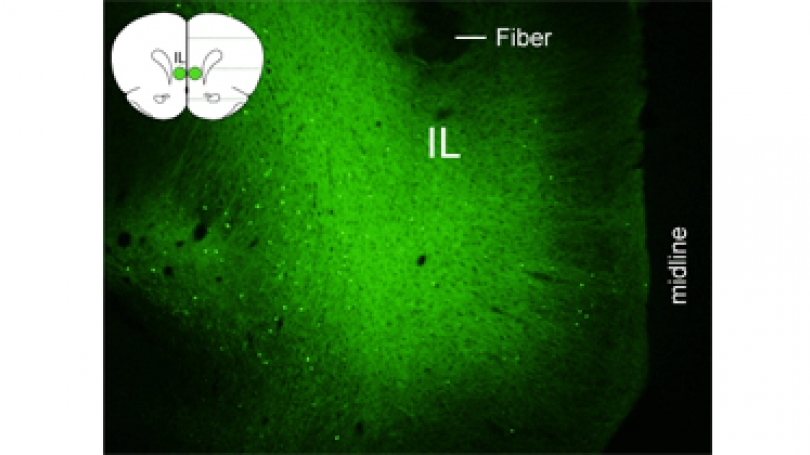
Menu
- Undergraduate
- Graduate
- Research
- Community
- News & Events
- People
Back to Top Nav
Back to Top Nav
Back to Top Nav
Back to Top Nav
ARTICLE TITLE: A Dual Operator View of Habitual Behavior Reflecting Cortical and Striatal Dynamics
AUTHORS: Kyle S. Smith, Ann M. Graybiel
To read article and watch video abstract, click here.
SUMMARY: Habits are notoriously difficult to break and, if broken, are usually replaced by new routines. To examine the neural basis of these characteristics, we recorded spike activity in cortical and striatal habit sites as rats learned maze tasks. Overtraining induced a shift from purposeful to habitual behavior. This shift coincided with the activation of neuronal ensembles in the infralimbic neocortex and the sensorimotor striatum, which became engaged simultaneously but developed changes in spike activity with distinct time courses and stability. The striatum rapidly acquired an action-bracketing activity pattern insensitive to reward devaluation but sensitive to running automaticity. A similar pattern developed in the upper layers of the infralimbic cortex, but it formed only late during overtraining and closely tracked habit states. Selective optogenetic disruption of infralimbic activity during overtraining prevented habit formation. We suggest that learning-related spiking dynamics of both striatum and neocortex are necessary, as dual operators, for habit crystallization.